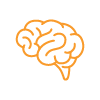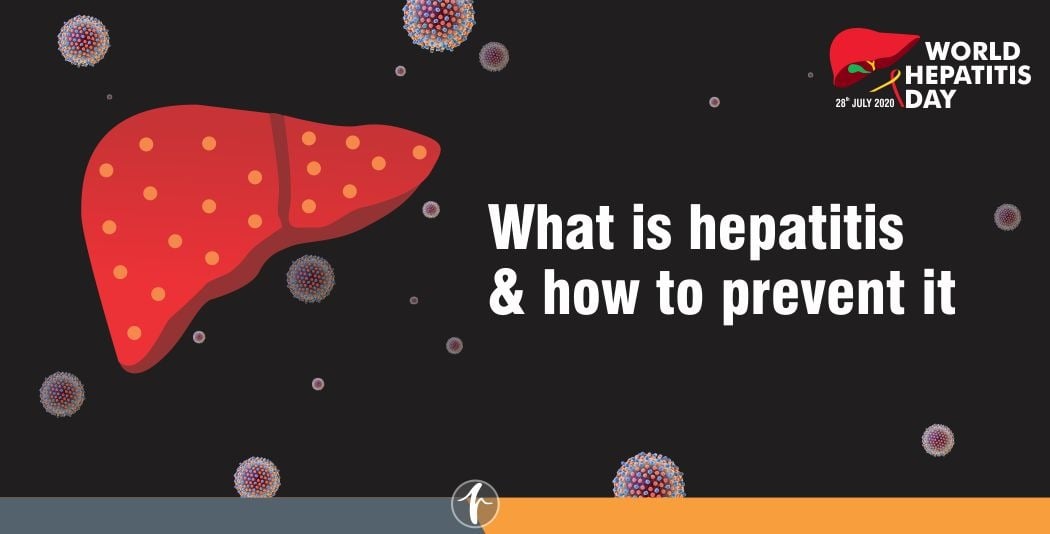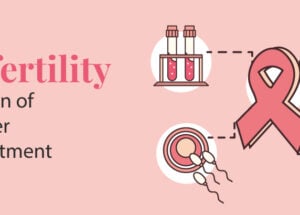What Could be the Cause of Daily Headaches?
January 24, 2025

Headaches are a very prevalent condition that almost everyone will experience at some point in their lives. This feeling can be throbbing, intermittent, sharp, or dull.
How Common are Headaches in Adults?
You’re not alone if your head hurts. Headaches are among the most prevalent types of discomfort in the world. They also have a negative impact on interpersonal and home life. For some people, constantly dealing with headaches can lead to feelings of anxiety and depression.
Types
There are over 150 different types of headaches. They are classified into two types: primary and secondary headaches.
Primary Headaches
Primary headaches are the ones that are caused by nothing else..
Headaches in this category are:
- Headaches in clusters
- Migraine
- New daily recurring headaches (NDPH)
- Headaches that are caused by tension
Secondary Headaches
Secondary headaches are caused by a different medical condition, such as:
- Disease of blood vessels in the brain
- Head injury
- High blood pressure (hypertension)
- Infection
- Medication overuse
- Sinus congestion
- Trauma
- Tumour
Headaches & Heredity: What is the Connection?
Headaches, particularly migraines, tend to run in families. Migraines are prevalent in children who are raised by at least one migraine-prone parent. In fact, children whose parents suffer from migraines are up to four times more likely to develop them as well.
Headaches can also be caused by environmental factors that are common in a family’s home, such as:
- Allergen exposure
- Secondhand cigarette smoke
- Strong odors from cleaning products or perfumes
Causes
A headache is caused by the interaction of signals sent between the brain, blood vessels, and surrounding nerves. An unidentified method activates specific nerves that affect muscles and blood vessels during a headache.
What Causes a Migraine?
Migraines are not completely understood. However, researchers believe migraines are caused by unstable nerve cells that fly off the handle to multiple triggers. Nerve cells send electrical impulses to blood vessels, causing chemical changes in the brain. As a result, the pain is incapacitating.
What Triggers a Headache & Migraine?
The following are some of the most common causes of tension headaches or migraines:
- Consuming alcoholic beverages
- Alterations in eating or sleeping habits
- Depression
- Emotional strain
- Excessive medication
- Poor posture
- Lighting
- Noise
- The weather shifts
What Does a Headache Feel Like?
The clinical signs of a headache vary depending on the type of headache.
Tension Headaches
The most prevalent form of headaches is tension headaches.
Tension headaches are mostly:
- Consistent but not throbbing
- Mild to medium
- On each side of the head (bilateral)
- Receptive to over-the-counter medication
- Worse during everyday activities
Migraines
Migraines are the second most common kind of primary headache. Migraines can cause the following symptoms:
- Pain ranges from moderate to severe
- Vomiting or nausea
- Pain that is pounding or throbbing
- Light, noise, or odor sensitivity
- Abdominal pain or upset stomach
Cluster Headaches
The gravest type of primary headache is a cluster headache. Cluster headaches occur in clusters, usually in the spring or fall. They happen one to eight times per day for two to three months during a cluster period. The headaches may go away for months or years, only to reappear later. The following are the symptoms of a cluster headache:
- The sensation is intense, like a burning or stabbing.
- Without switching sides, behind one of your eyes or near your eyes.
- Throbbing or continuous
Daily Persistent Headaches
The onset of new daily persistent headaches (NDPH) is sudden and lasts for more than three months. They generally are experienced by individuals who have never had frequent headaches.
The following are the symptoms of NDPH:
- Constant and unwavering in their efforts
- Both sides of the head are affected
- Medication has had no effect
Sinus Headaches
A sinus infection causes sinus congestion and inflammation, resulting in sinus headaches. Migraines and sinus headaches are frequently confused by people, including healthcare providers. Sinus headache symptoms include:
- Bad taste in the mouth
- Swelling of the face
- Ears have a fullness sensation
- Fever
- discharge of mucus (snot)
Medication Overdue Headaches
Up to 5% of people experience medication overuse headaches (MOH) or rebound headaches. They occur when you take pain relievers for headaches on a regular basis. This practice can eventually lead to an increase in the number of headaches. MOH symptoms include:
- The headaches are becoming more common.
- There are more days with headaches than without them.
- The pain gets worse in the morning.
Diagnosis
Contact your healthcare provider if you experience frequent or severe headaches. Typically, you can begin the diagnosis process with your family physician. It is critical to correctly diagnose headaches so that appropriate therapy can be initiated to help you feel better. Your healthcare provider will perform a physical examination, review your medical history, and discuss your headache symptoms with you. This discussion is part of a headache assessment. Your provider will ask you about your headache history during the headache evaluation, including:
- Please describe your headaches.
- What it’s like to have a headache.
- How frequently do the headaches occur?
- The duration of the headaches each time.
- How much discomfort do the headaches cause you?
- What foods, beverages, or events cause your headaches?
- How much caffeine do you consume per day?
- What is your stress level?
- What are your sleeping habits?
- If you are having problems at work.
Your physician should be able to identify what type of headache you have based on the results of your headache history, physical examination, and neurological examination, as well as whether a serious problem is present and whether additional tests are required.
Treatment
One of the most important aspects of treating headaches is determining your triggers. Learning what those are, usually by keeping a headache log, can help you decrease the number of headaches you have.
Counseling and stress management methods can assist you in dealing with this trigger more effectively. You can avoid stress-related headaches by lowering your stress level.
Stress Management
Stress management focuses on teaching you how to deal with difficult situations. Relaxation techniques can help you manage your stress. To relax, you use breathing techniques, muscle relaxation, mental images, and music.
Biofeedback
Biofeedback teaches you to recognize when your body is tense. You discover how your body reacts to stressful situations and how to calm them down. They track your involuntary physical reactions to headaches, such as increases in:
- Rate of breathing
- Pulse
- The heart rate
- Temperature
- Tension in the muscles
- Activity in the brain
Prevention
The easiest way to avoid headaches is to figure out what causes them. Triggers are unique to each individual; what appears to give you a headache may not bother others. Once you’ve identified your triggers, you can indeed avoid or reduce them.
Many people, nevertheless, will find it difficult to avoid or identify triggers. A more tailored number of different approaches with a headache expert is frequently required in such cases.
Frequently Asked Questions
1. How can I tell if my headache is severe?
Your headache is serious if it is explosive or violent and appears suddenly. Even if you get headaches on a regular basis, your headache is “the worst ever.” With your headache, you also have slurred speech, a change in vision, difficulty moving your arms or legs, loss of balance, confusion, or memory loss.
2. What does a brain tumour headache feel like?
A brain tumour headache is usually localized to a specific area and is worse in the early morning or late at night. They can be gloomy, pressure-like headaches that get worse when you cough or sneeze. These headaches eventually stop reacting to over-the-counter medication.







